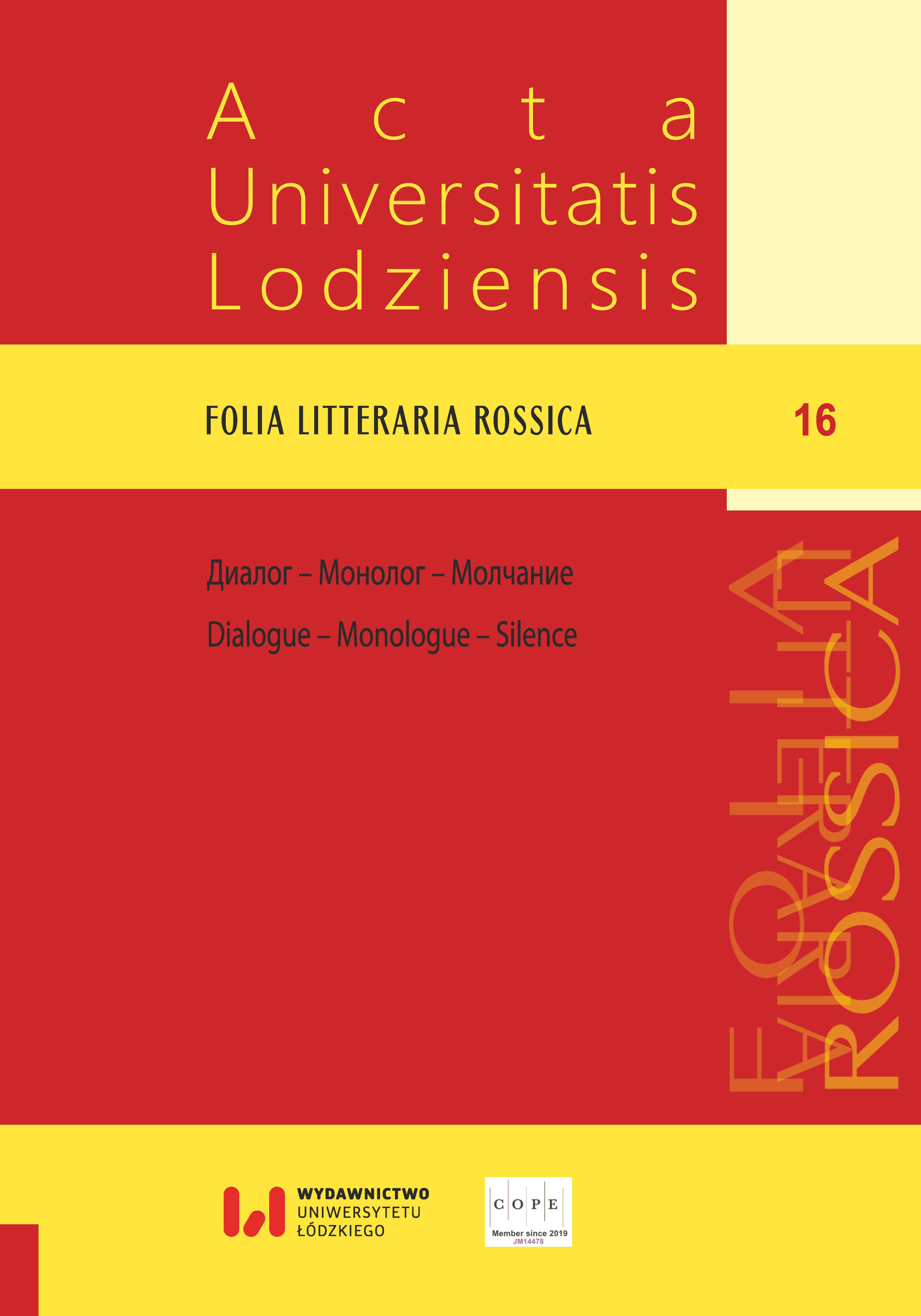Молчание автора и тишина в Степи и Чайке Антона Чехова
Authorial Silence in Anton Chekhov’s Steppe and Seagull
Author(s): J. Douglas ClaytonSubject(s): Language and Literature Studies, Studies of Literature, Russian Literature
Published by: Wydawnictwo Uniwersytetu Łódzkiego
Keywords: Chekhov; silence; theatre; The Seagull; intertext
Summary/Abstract: The book Histoire du silence. De la Renaissance a nos jours (2018) by Alain Corbin offers a starting point for an analysis of silence – in both its meanings as the absence of sound and the abstinence from speech – in the literary text. Fëdor Tiutchev in his poem “Silentium” speaks of the inner feelings that cannot and should not be uttered. However, in the last third of the 19th century, when all forms of artistic expression were deeply affected by scientific advances, new modes of expression of the ineffable appeared. In particular Anton Chekhov because of his medical training was influenced by contemporary developments in psychiatry, in which the speech of patients was seen to reveal their psychological traumas. His work as writer and dramaturg was thus radically changed by his analysis of patient’s neuroses. In The Seagull the dramatic text ceases to be a coherent dialogue and consists of characters exhibiting their psychological problems in their speech, while the playwright leaves it to the viewer to interpret them. Silence about the “elephant in the room” becomes a dramaturgical strategy. Hints as to how to understand the psychological undercurrents are scattered in the speech of different characters. A careful reading reveals the importance of the play La Dame aux camélias as the key intertext. The author leaves it to the audience to divine that in Act Four Nina is in the final stages of tuberculosis. Treplev’s playlet in Act One envisages a time when silence will reign overall.
Journal: Acta Universitatis Lodziensis. Folia Litteraria Rossica
- Issue Year: 2023
- Issue No: 16
- Page Range: 131-142
- Page Count: 12
- Language: Russian

